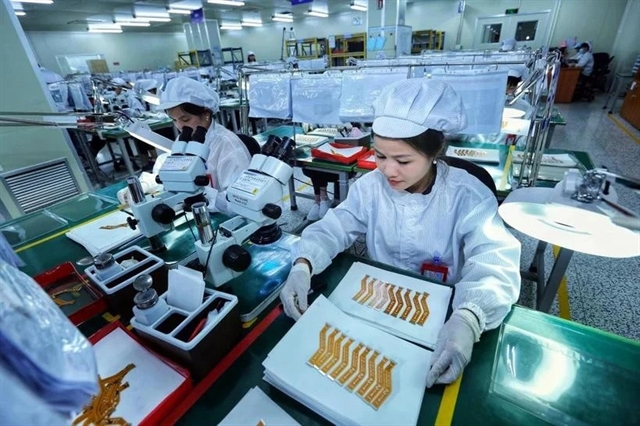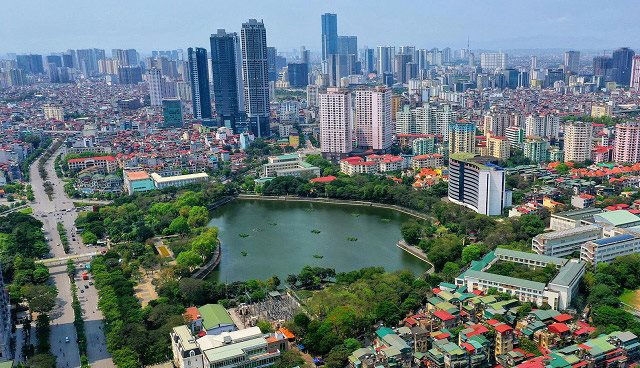In 2024, the Red River Delta contributed four localities to the top five provinces attracting the largest FDI nationwide.

HÀ NỘI — With geographic advantages, robust infrastructure and effective foreign direct investment (FDI) policies, the Red River Delta is emerging as a powerful draw for foreign capital inflows.
In 2024, the region was home to four of the top five provinces and cities attracting the most FDI nationwide, according to the Ministry of Planning and Investment's Foreign Investment Agency.
These localities include Bắc Ninh, Hải Phòng, Quảng Ninh and Hà Nội.
Specifically, Bắc Ninh attracted US$5.1 billion, a 138.8 per cent increase from 2023, and ranked first among the 56 localities receiving FDI in 2024.
Hải Phòng secured $4.9 billion, up 42.4 per cent from 2023, ranking second. Quảng Ninh received $3.04 billion, an increase of 10.2 per cent, ranking fourth. Meanwhile, Hà Nội brought in $2.16 billion, a 26.7 per cent rise, ranking fifth.
Hưng Yên, with nearly $1.6 billion, up 55.9 per cent compared to 2023, rounded out the top 10.
Collectively, these five localities attracted nearly $16 billion, accounting for about 40 per cent of Việt Nam’s total FDI in 2024.
Other provinces in the region, including Vĩnh Phúc, Nam Định, Thái Bình and Hải Dương, also showed significant progress.
Vĩnh Phúc attracted more than $600 million of foreign capital, an increase of 50 per cent compared to the set plan. Nam Định also emerged as a new player, hosting several high-quality FDI projects.
Ample room remains

Aside from its advantageous geographical position, experts believe that the Red River Delta's improving infrastructure will create significant opportunities for FDI in the future.
Minister of Planning and Investment Nguyễn Chí Dũng emphasised that numerous key projects and strategic works are being implemented, facilitating intra-regional and inter-regional connectivity.
Several major transport projects have established economic corridors along critical routes, including Ring Road No. 4 in the Hà Nội capital region, the elevated section of Metro Line No. 3 from Nhổn to Hà Nội Station, the upgrade of National Highway 4B from Quảng Ninh to Lạng Sơn, and the expansion of Terminal T2 at Nội Bài International Airport.
In 2024, the Red River Delta's GRDP growth was recorded at about 7.9 per cent, exceeding the national average of 7.09 per cent and ranking second among all economic regions.
“The Red River Delta can assert its role as a driving force, orienting and leading the nation’s economic growth and pioneering the transition into a new era,” Dũng said.
Despite these opportunities, the region needs to capitalise on its potential by accelerating public investment disbursement early in 2025. Public investment should act as a catalyst, spurring social investment and fostering public-private collaborations.
Moreover, it is crucial to address bottlenecks and challenges for each project promptly and expedite strategic inter-regional transportation projects, including airports, seaports and expressways. — VNS





